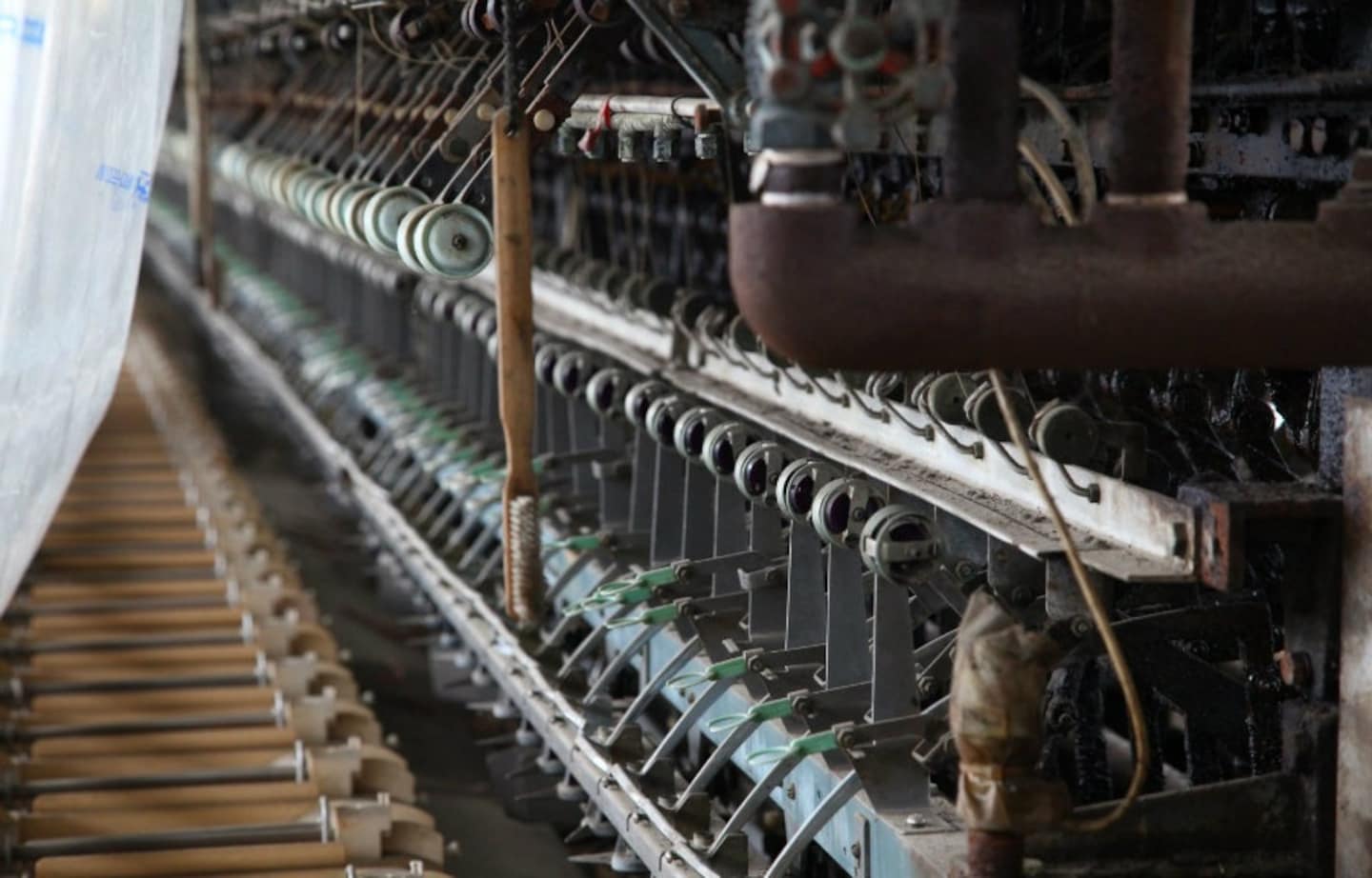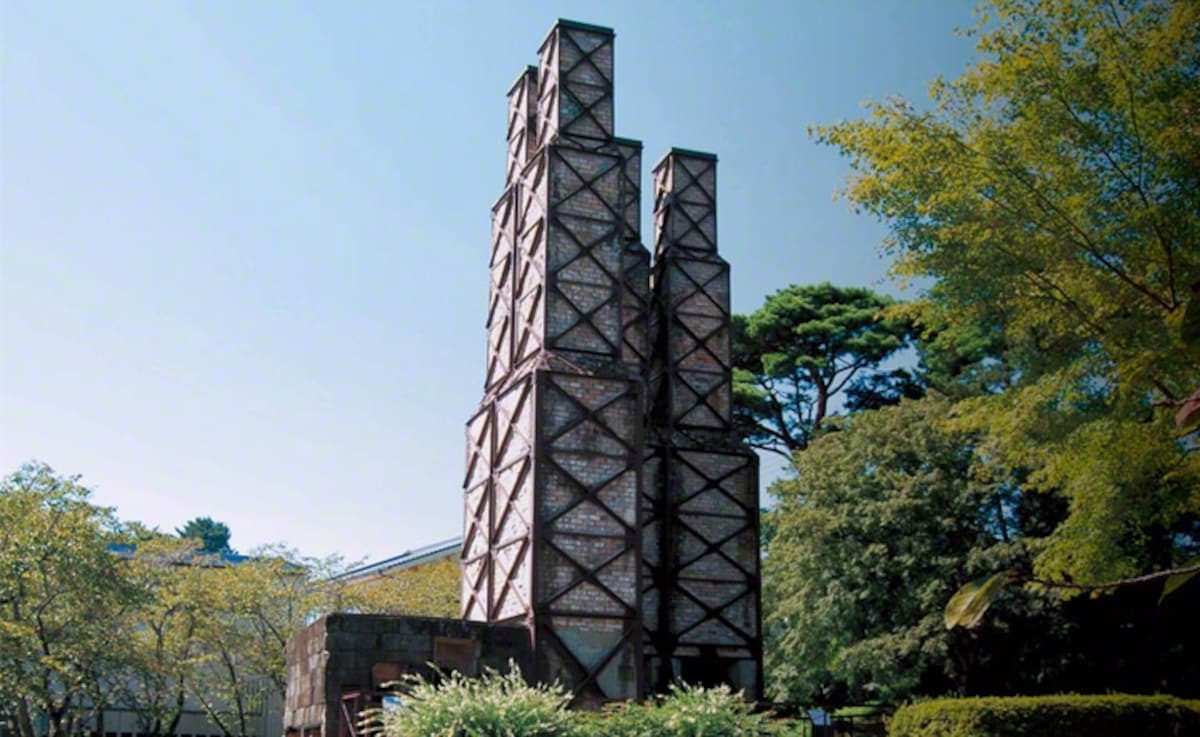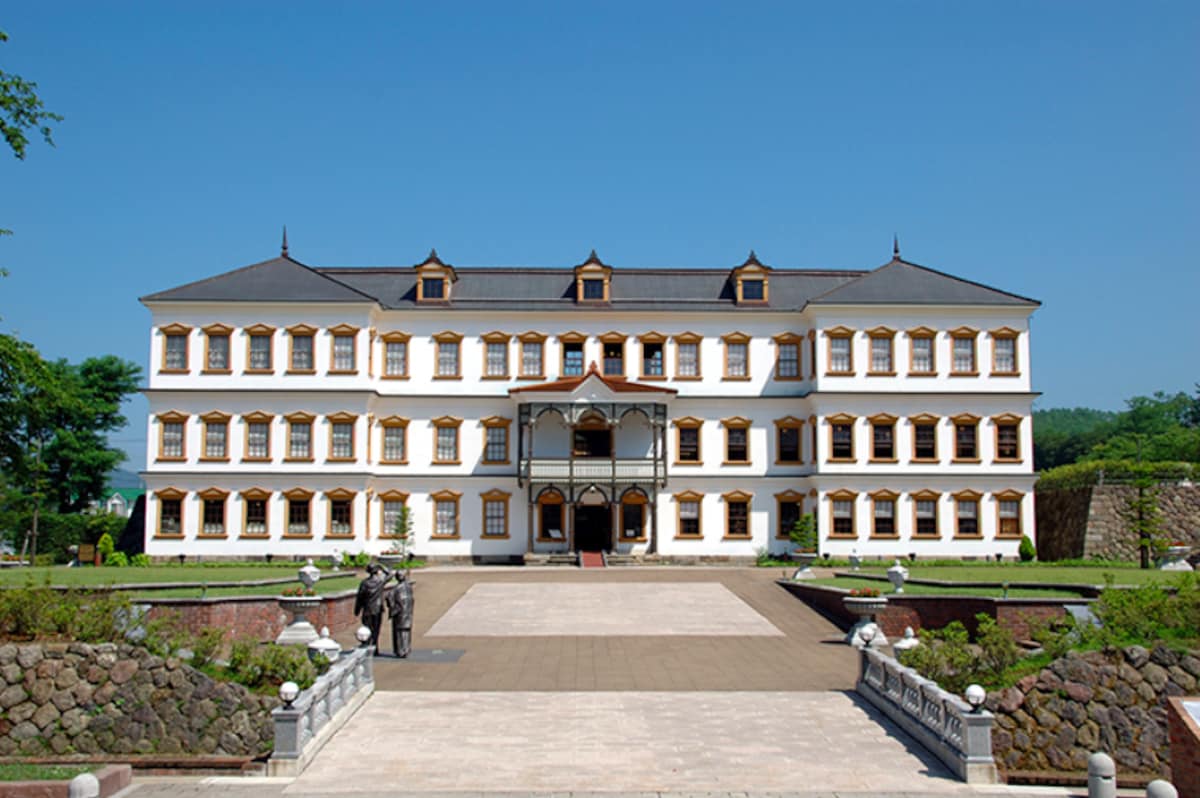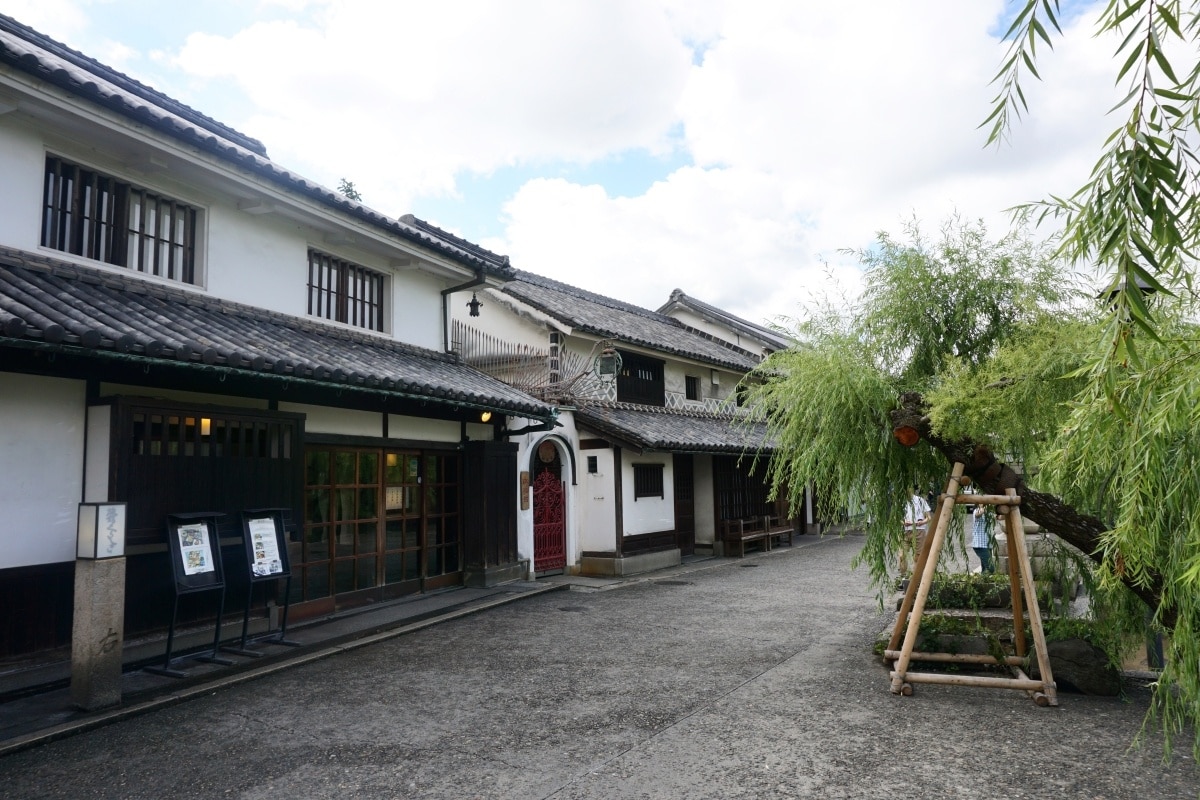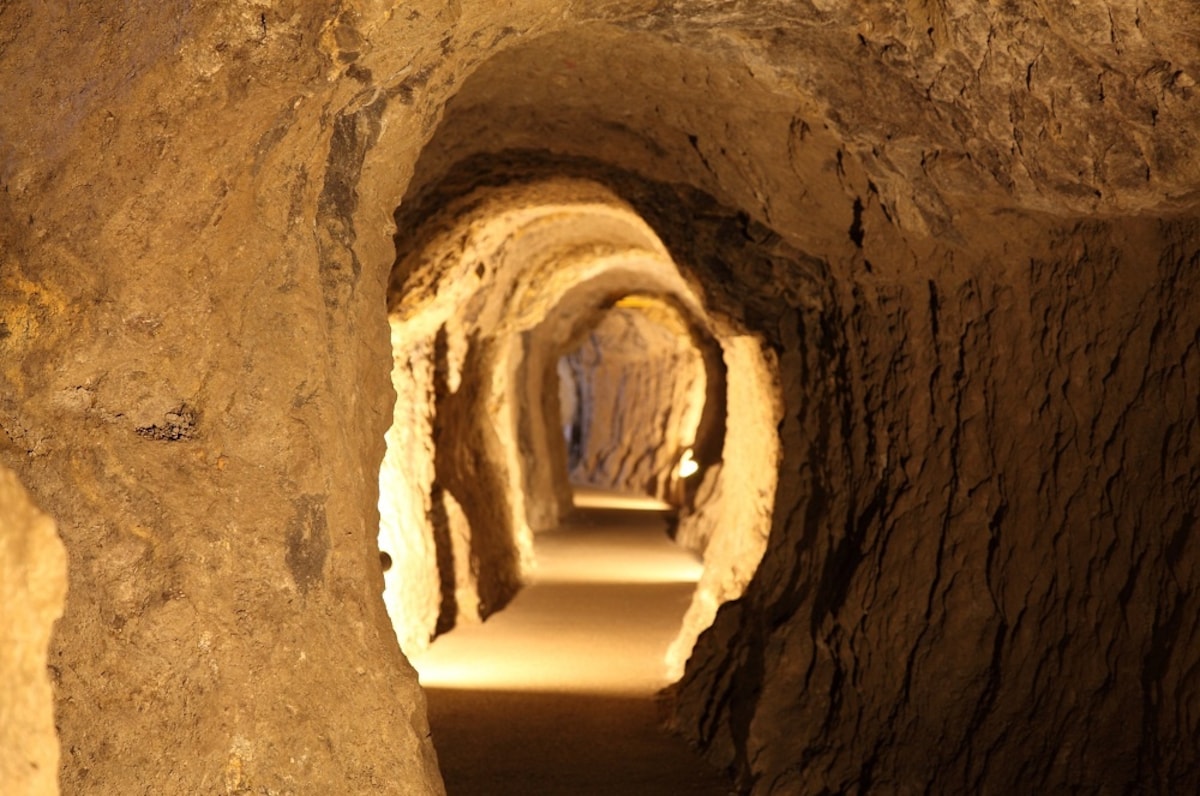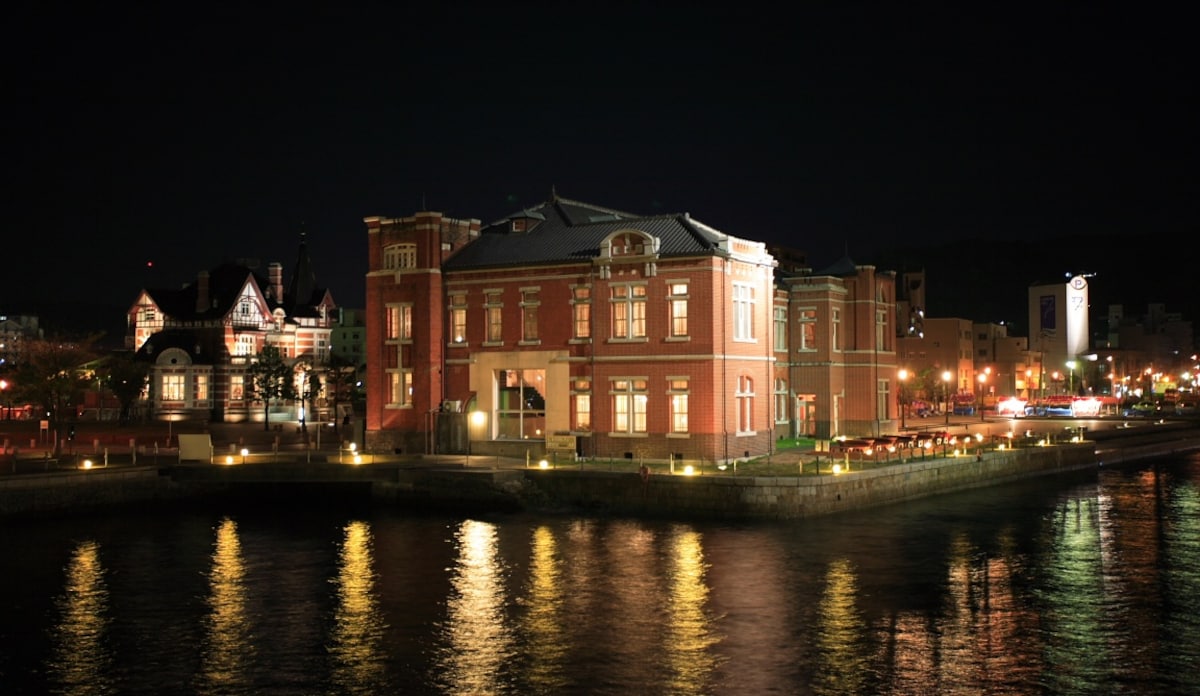Wonders of Japan: Industrial Heritage
From the closing days of the Tokugawa Shogunate in the mid-19th century to the Meiji Era (1868-1912), iron production, shipbuilding and coal were the largest industries playing a role in Japan’s modernization.
By AAJ Editorial TeamMany of the areas where these industries were once concentrated still remain, where you can see both large and small examples of what the towns looked like at that time. Recent years have seen the spotlight shine on existing resources in Japan with efforts to repurpose and reuse them across the entire country. One place that has garnered special attention in these efforts is the town of Kosaka in Akita prefecture. Kosaka, which used to be a prosperous mining town during the Meiji era, is now reinventing itself by making the entire town an eco-museum to keep the town beautiful.
A variety of initiatives to breathe life back into the town are under way such as constructing a railway to transport resources from the mines as well as renovating the oldest existent (Japanese-Western) playhouse, the Korakukan. Rather than tear down these past assets, their value was discovered, leading to new creations. Instead of dwelling on agriculture alone, be sure to experience the current form of industrial heritage, a product of new initiatives that reuse past resources surviving in the industrial area, as well as accumulated technology and knowledge.
Otaru-ko Port (Hokkaido)
Otaru-ko Port served as the gateway to Hokkaido, which supported the island's developing economy by completing a filled-in style of canal in 1923 for unloading cargo from ships as well as building warehouses for storing cargo. The brick warehouses have been repurposed as restaurants and venues for live music, and the magical glow from the gaslights of a port town at night brings back the memories of the port in its most prosperous days.
Kosaka Mine Office (Akita)
This is the symbol of Kosaka's golden age when it boasted the highest mining output in all of Japan. The gorgeous three-story, wooden, Western-style building is currently home to a public museum.
Kosakamachi-Korakukan (Akita)
This is Japan's oldest remaining wooden playhouse, and is designated by the government as an Important Cultural Property. The building echoes with the design of the past at every turn, from its manually revolving stage to the Western-style board ceilings and the Edo-Period elegance of its runway.
Tomioka Silk Mill (Gunma)

http://www.japantimes.co.jp/news/2014/04/26/national/unesco-endorses-tomioka-silk-mill-world-heritage-status/
Japan's first authentic silk-reeling factory was established by the Meiji government in 1872 to promote the export—and improve the quality—of raw silk. The introduction of French technology resulted in rapid modernization in a short time frame, bringing immeasurable success, with Japan becoming the world's top exporter of raw silk by 1909.
Vestiges of the architectural technology of the time, such as roofs with a fusion of tiles and truss construction, and brick walls with plastered joints, still remain, preserved almost as they were when the reeling plants and cocoon warehouses were first built. The mill was registered as a World Heritage Site in 2014.
Kurashiki's Whitewashed Townscape (Okayama)
Kurashiki, with its water transport, prospered during the Edo Period (1603-1867) under the direct control of the shogun, serving as a location for shipping supplies out of port. In the center of the old town located on the Kurashiki-gawa river, there are houses of notable merchants that built the prosperity of this town, as well as the Ohara Museum of Art, the first Western museum in Japan, and the former Kurashiki town office built in 1916. The whitewashed walls of traditional Japanese storehouses, echoing with the atmosphere of Western-style buildings, creates a beautiful retro-modern scene.
Iwami Silver Mine (Shimane)
This is Japan's largest silver mine, which prospered for nearly 400 years from the feudal period until the latter part of the Edo Period, producing one third of the silver circulated around the world at its prime. Praised for its environmentally conscious operation, it was registered as a World Cultural Heritage Site in 2007. Tours of the mine's tunnels and smeltery are currently available.
Moji Port (Fukuoka)
Used as a special port during the Meiji Period (1868-1912) for exporting coal and rice, Moji Port was one of Japan's three major ports, made prosperous also for it being on foreign shipping lanes and as a trading port. The wooden Mojiko Station was designated as an important cultural property in 1988 by the Japanese government, and the area became popular to tourists from in and outside Japan for its Western atmosphere in the commercial facilities and museums, gaining the name "Mojiko Retro."


